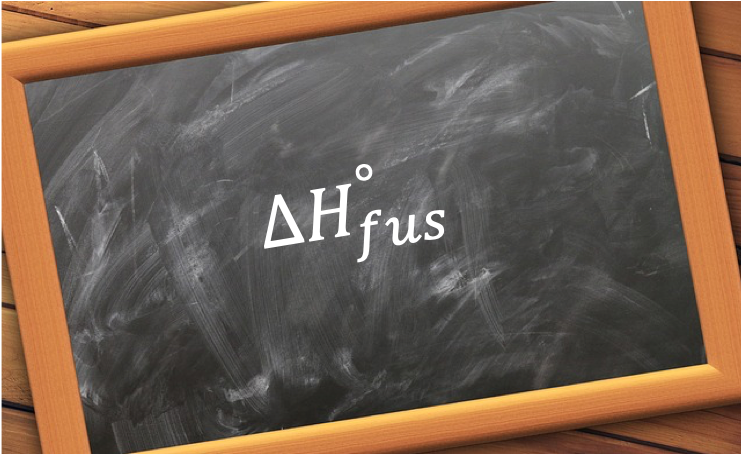The standard enthalpy change of formation, ΔHf o, is the change in enthalpy when one mole of a substance is formed from its elements in their reference states, which are the most stable forms of the respective elements at 100 kPa and 298.15K.

For example:
|
Element |
Most stable form |
Notes |
|
Oxygen |
O2 (g) |
The oxygen radical, O, is unstable |
|
Carbon |
Graphite |
Graphite is thermodynamically more stable than diamond since it has delocalised electrons |
|
Mercury |
Liquid mercury |
– |
|
Phosphorous |
White phosphorous |
Although not the most thermodynamically stable form, it is easier to isolate in its pure form than red and black phosphorous. This is the only exception. |
Examples of standard enthalpy change of formation are as follows:

Question
What is the standard enthalpy change of formation of O2?
Answer
The standard enthalpy change of formation of O2 is written as:
since the standard enthalpy change of formation of a substance is defined as the enthalpy change when 1 mol of the substance is formed from the most stable form of its elements in their standard states. Therefore, the standard enthalpy change of formation of O2 is zero, because there is no change involved when O2(g) is formed from itself. Similarly, ,
and
.
We can also say that the standard enthalpy change of formation of a substance ΔHf o is the standard enthalpy change of the reaction ΔHr o that forms the substance. For example,

Question
For the reaction , show that
Answer
As we know,
Reversing eq1c,
Taking the sum of eq1a, eq1b and eq1d, and simplifying,
Since and
,
Eq1e is a very useful formula and is a consequence of Hess’ law. In general, for a reaction involving multiple products and multiple reactants, the relationship between ΔHr o, ΔHf o[product] and ΔHf o[reactants] is given by eq6 from the article on Hess’ law:
where P denotes the number of products and R denotes the number of reactants. vP and vR are the stoichiometric coefficients of the products of the respective standard enthalpy of formation reactions.
An issue arises when we want to determine the standard enthalpy change of formation of aqueous ions, which are always formed as pairs of cations and anions, e.g.
This implies that it is impossible to have a solution consisting of pure cations or anions. The problem is circumvented by defining the standard enthalpy change of formation of the aqueous hydrogen ion as zero:
The consequence of this can be illustrated by considering the ion pair of H+(aq) and Br–(aq) where:
ΔHr o for the above reaction is also known as ΔHsol o, the standard enthalpy change of solution of HBr(g). Since HBr(aq) is fully dissociated to H+(aq) and Br–(aq), we can also write eq2c as:
Using eq1e on eq2d,
Since
The standard enthalpy change in formation of other aqueous ions, e.g. Cl–(aq), can be determined using the same approach. This results in all standard enthalpy changes in formation of aqueous ions being adjusted by the real value of .










